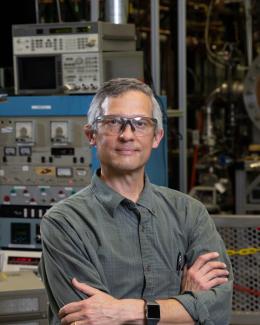Abstract
The Materials Plasma Exposure eXperiment (MPEX) is a linear plasma device that will address the plasma–material interaction (PMI) science for future fusion reactors and will enable testing of plasma-facing components (PFCs). It is designed as a steady-state device eventually delivering an ion fluence of up to 10 31 m −2 to the target. The device will be designed to handle neutron-activated materials. These capabilities should push the technical readiness level of PFCs up to six for some end-of-life aspects. In order to achieve the relevant plasma conditions, as they are expected in future fusion reactor divertors, MPEX will utilize a novel plasma source concept. This plasma source concept uses a high-power helicon (200 kW, 13.56 MHz), an electron cyclotron heating (ECH) system, which will heat electrons via electron Bernstein wave (EBW) heating (about 400 kW, 70 GHz), and an ion cyclotron heating (ICH) system (400 kW, 6–9 MHz). The physics basis for this plasma source concept including the heating physics and transport is based on experiments on Proto-MPEX. An overview of the experimental results and the physics basis will be given. The physics basis directly translates into functional requirements of MPEX and the conceptual design. The status of the conceptual design of MPEX will be shown.






